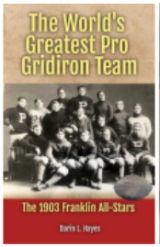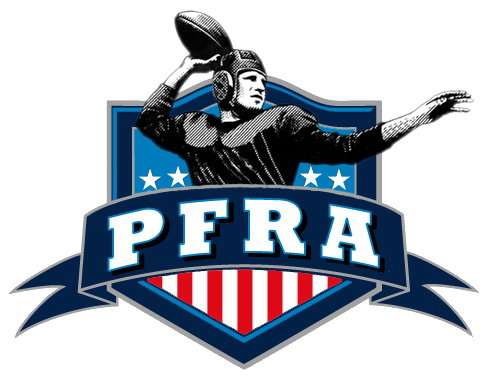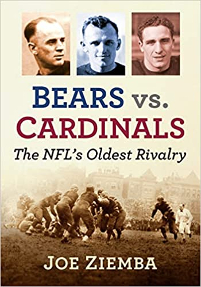The Michigan State Spartans football program began play in 1892 and has competed in the Big Ten Conference since 1953. The Spartans have an all-time record of 769-456-42, and have won six national championships (1951, 1952, 1957, 1965, 1966, 1988).
The Spartans' most successful era came under head coach Duffy Daugherty, who led the team from 1954 to 1972. During his tenure, Daugherty led the Spartans to three national championships (1956, 1965, 1966), six Big Ten championships, and 13 bowl victories. Daugherty also coached the Spartans to their first-ever undefeated season in 1966, when they went 11-0 and defeated UCLA in the Rose Bowl.
Other notable Michigan State football coaches include Biggie Munn (who led the Spartans to two national championships in 1951 and 1952), John L. Smith (who led the Spartans to a Big Ten championship in 2000), and Mark Dantonio (who led the Spartans to a Big Ten championship in 2013 and a Rose Bowl victory in 2014).
The Spartans have had several notable players over the years, including:
- Bubba Smith (Pro Football Hall of Fame defensive end)
- Lorenzo White (Pro Bowl running back)
- Kirk Cousins (NFL quarterback)
- Kenneth Walker III (2022 Doak Walker Award Winner)
- Jim Miller (NFL Quarterback)
- Le'Veon Bell (NFL Runningback)
Check out the top posts of the internet on the history of the Michigan State Spartans football team by joining us in the celebration of college football history. The Spartans gridders represent the Michigan State University on the field. See the best web posts that tell the MSU football story below.










